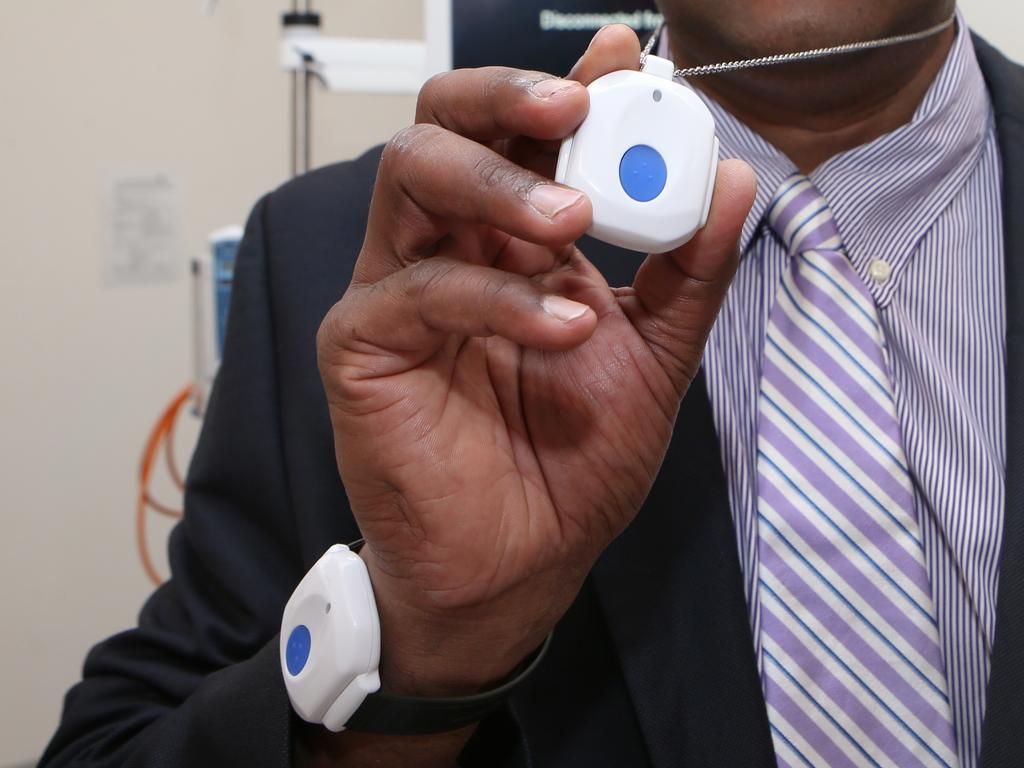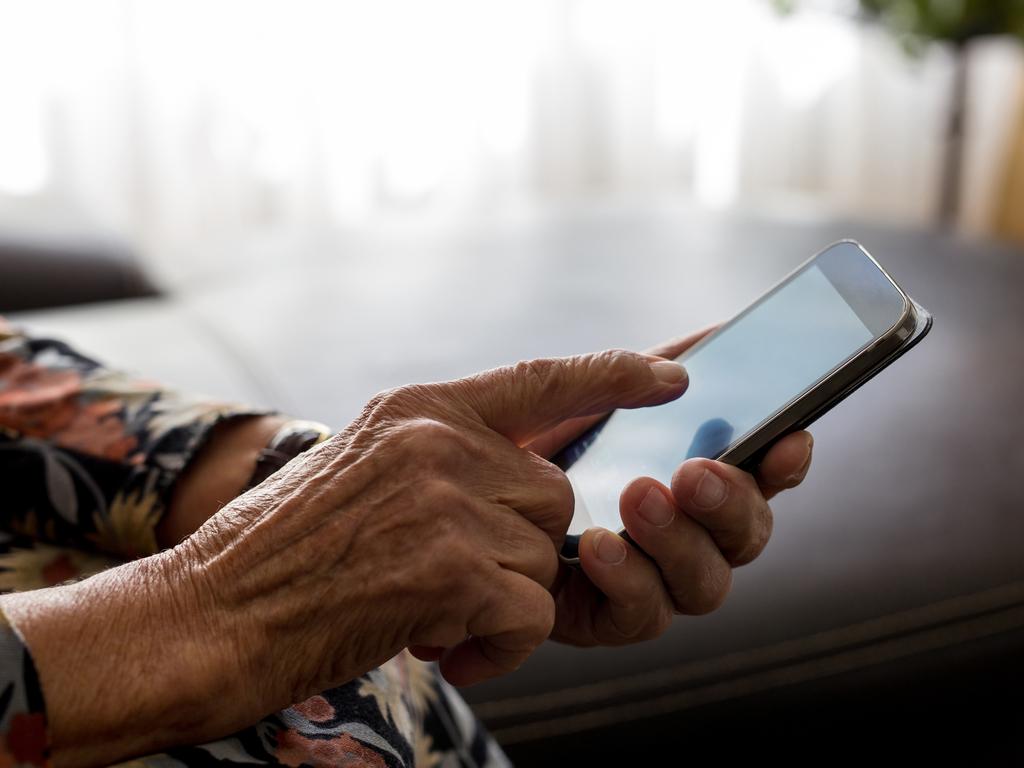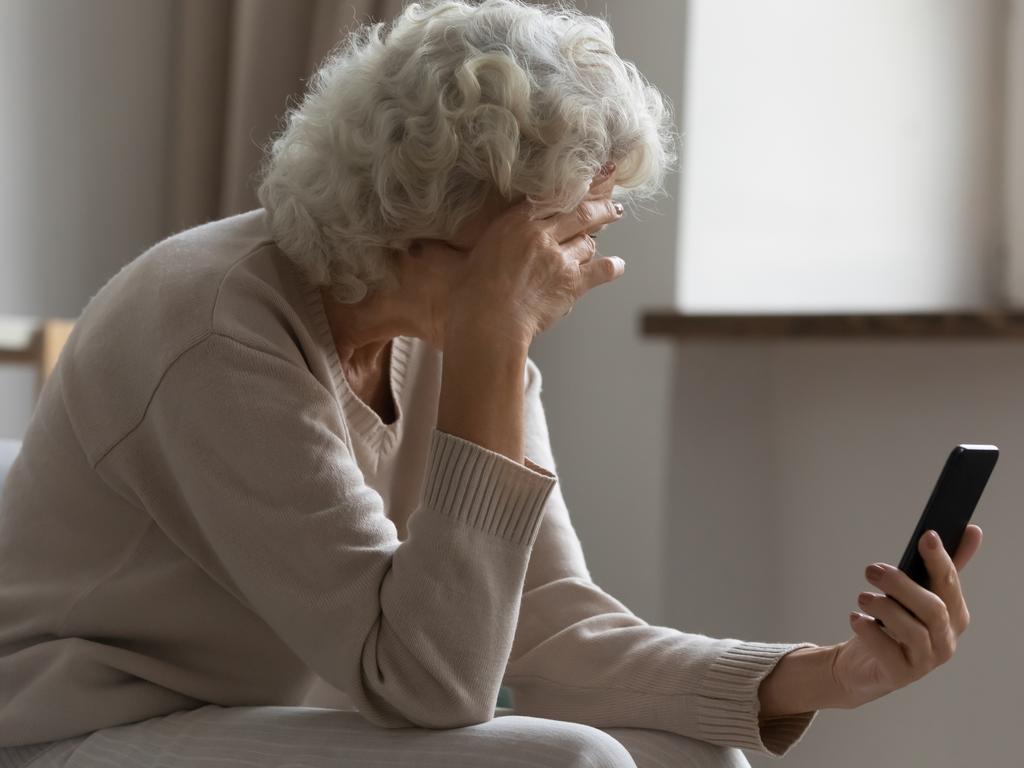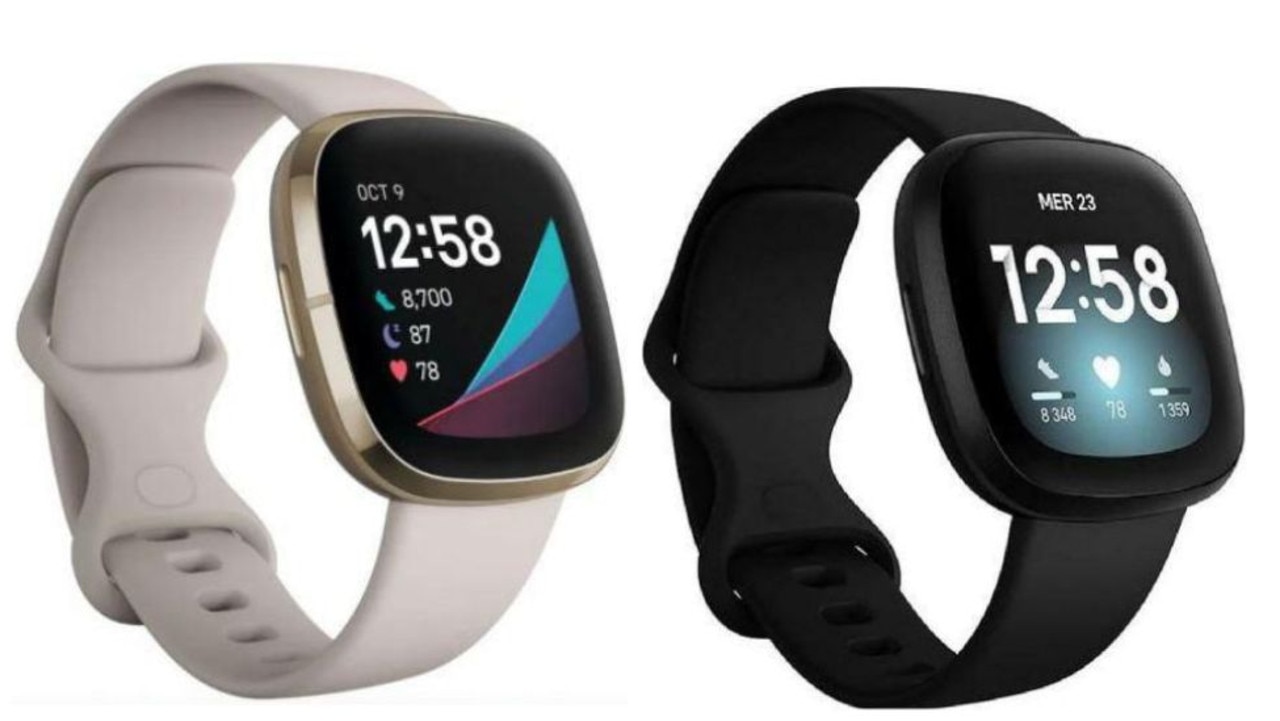Thousands of Aussies still using 3G personal medical alarms, ignoring pleas to upgrade before switch-off
Tens of thousands of Australians face a potentially “life-threatening” situation in a few weeks, with many still completely unaware of the risk.
Tens of thousands of elderly Australians may still be using personal medical alarms that rely on 3G, less than two months before the network is shut for good and the devices stop working.
Darren Steele from CareAlert SmartDialler said his firm was still struggling to contact thousands of customers with older models to warn them of the potentially “life-threatening” situation.
“Just our business alone we would have probably 3000 3G units out there at the moment that are going to stop working,” Mr Steele said.
CareAlert is one of around 10 major suppliers of medical alarms in Australia, and Mr Steele suggested others were having the same problem.
“You’re looking at 30,000 to 40,000 people that would still have a 3G alarm,” he estimated.
“We’re using a lot of resources at the moment trying to contact these people but it’s not easy. We’re trying everything to reach out to these people — emailing, SMSing, sending letters, trying to ring, but you’re dealing with the elderly and they just don’t get it.
“They’re not tech-savvy enough to understand what 3G is and what 4G is.”
Telstra and Optus will both shut off their ageing 3G mobile networks at the end of August, with businesses previously warned that millions of devices — not just mobile phones — will suddenly “give up the ghost”.
Medical alarms, typically a pendant or a watch, monitor for any sudden movements such as possible falls and notify either the wearer’s emergency contacts or a 24-hour call centre, depending on the device.

Mr Steele said his firm began trying to contact customers to upgrade last year.
“We’ve recently ramped it up now, because we’re not getting the response that we really want,” he said.
CareAlert has only done around 1000 upgrades to 4G so far.
Even when the customer is reached, Mr Steele said often they could not afford the $399 cost.
“Their unit’s working at the moment, ‘I’m not going to spend money to upgrade.’ If they’re on the pension they may not have money to upgrade,” he said.
“Some of the response is, ‘I can’t afford this, I don’t have access to government funding to be able to do it so I don’t know what I’m going to do.’
“We are upgrading a lot where people do have access to government funding through My Aged Care, we’re doing a lot of that through the providers.”
However a representative for another medical alarm provider, who did not want his company named, said it had “none” or “very few” 3G units in the market and that “everything’s been put in place” for the switch-off.
Mr Steele maintained it posed a “massive risk”.
He estimated CareAlert, which offers both monitored and unmonitored devices, would see roughly 540 combined activations per month.
“Basically what it means is the day they flip that switch [to turn off the 3G network] a medical alarm will not be able to make a call out at all, not even to triple-zero, nothing,” he said.
“If you’ve got an elderly person that relies on one of these alarms then suddenly it stops working and they have a fall, they could be lying on the ground, can’t get to their phone, they might be pushing their button on their alert system and it will just not go anywhere. It’s a pretty major problem. It’s life-threatening really.”
But he added that Optus, the 3G network used by his company, had been providing assistance.
It’s understood that the telco does not hold customer relationships or contact details for customers who own heart monitors, alarms, or other 3G-enabled devices such as vending machines or farm equipment.

Optus has advised medical alert providers of their impacted services and directed them to contact their customers directly, and has also been engaging with relevant associations to emphasise the need for their members to take action.
A Telstra spokesman said in a statement that there was a “wide range of equipment in use across Australia that uses mobile technology and is sold or provided directly by third parties to their customers”.
“In relation to healthcare and emergency response devices, the vast majority of them are not able to be identified by mobile service providers as being a personal medical alarm as they often share the same radio module technology as EFTPOS machines, telematics, security or tracking devices,” he said.
“Since Telstra announced in 2019 that we will be closing our 3G network, we have worked closely with relevant industry organisations, manufacturers and suppliers to ensure that they’re aware of the upcoming closure so they can let their communities and customers know if they have an impacted device.”
He encouraged anyone using a personal alarm who was unsure if it currently uses the 3G network to “visit the supplier or organisation they received the device from and check that it will be able to work after the network closes”.
Communications Minister Michelle Rowland has been contacted for comment.
It comes amid growing warnings that everything from vending machines and shopping centre children’s rides to laundromats, parking stations, security cameras and EFTPOS terminals could fall victim to the 3G switch-off.
In addition to hundreds of thousands of older mobile phones still in use, there are a vast number of other 3G devices “quietly embedded” in businesses, homes and farms that will “suddenly give up the ghost and people will wonder what’s going on”.
“That’s too late a trigger point, because that will be business harming,” Bruce Billson, Small Business and Family Enterprise Ombudsman, said last week.
Affected devices may include “smartwatches, wearables, and [internet-of-things] devices such as EFTPOS terminals, industrial routers, scanners, security monitoring devices, telematics, asset tracking tools, environment monitoring tools, security cameras, medical alarms, personal emergency response solutions, and home security alarms/devices”, according to the Australian Mobile Telecommunications Association (AMTA).

Australians have been urged to check their devices and if affected, contact their manufacturer or service provider to upgrade.
“It’s the sort of quiet technology element that most people don’t give a second thought to because their primary focus is on the functionality, not the back-end communications spectrum it’s using,” Mr Billson said.
“People are probably not thinking about it at all, older EFTPOS machines and that sort of stuff. That’s a risk of lost customers and for some it could be a critical, central piece of capability.”
The industry-wide decision by all three Australian telcos to shutter the 20-year-old 3G network is intended to allow carriers to boost capacity for later-generation networks.
Vodafone already shut its 3G network down in January.
Robbie Allison, founder and managing director of vending machine company QualityVend, told 2GB host Ben Fordham last month it was a “massive cost” to upgrade the equipment at around $650 each.
The high cost of upgrading will be “significant, and at a time when small business, family and farming businesses are operating on tight margins and ever-increasing cost of inputs”, Mr Billson said.
Concerns have previously been raised that more than one million people even with older 4G phones may be left unable to contact emergency services, as these default to 3G when dialling triple-zero.
Telstra, which had been intending to switch off its network on June 30, announced last month that it was being pushed back to the end of August to give customers more time to upgrade their devices, with a reminder text message sent out.
At the time, the opposition seized on the news to accuse the Communications Minister of botching the switchover.
One Nation Senator Malcolm Roberts said the federal government should intervene and cancel the shutdown altogether.
“[The delay by Telstra] does nothing to address the estimated three million devices including vital medical alarms, farm infrastructure, small business EFTPOS machines and regional Australians are still completely reliant on the 3G network,” he said.
A spokesman for Ms Rowland said last week the 3G switch-off was “a commercial decision of the mobile network operators”.
“The government supports the 3G switchover to enable better technology like 4G and 5G to be deployed to boost the data capacity, speed and capability of Australian networks,” he said.
“The government understands that mobile network operators are engaging with customers impacted by the 3G switchover, including internet-of-things users.”
Originally published as Thousands of Aussies still using 3G personal medical alarms, ignoring pleas to upgrade before switch-off









